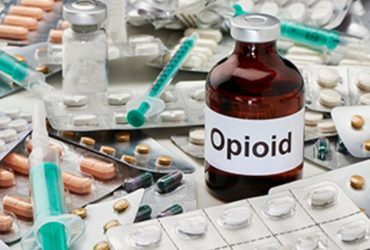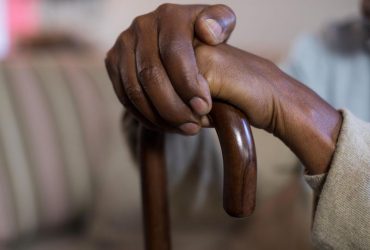Odds of chronic physical health condition, at least two mental health conditions increased for those residing in states with higher levels of systemic inequity
3.98 percent increase in C-reactive protein reported for each domain of incident racial discrimination experienced
However, all Latino subgroups overrepresented in health care occupations requiring less than a bachelor's degree
No significant difference in verified seven-day abstinence seen by treatment group among Black adults who smoke daily
Estimated economic burden of racial and ethnic health inequities $421 or $451 billion using MEPS and BRFSS data
More White than Black and Hispanic patients receive buprenorphine, naloxone, benzodiazepines in 180 days after index event
Cognition partially mediated the association between race/ethnicity and 39-item Parkinson disease questionnaire scores
Within Latinx sample, girls and gender-nonconforming students reported the highest maladjustment
For example, Black women less likely to have depression screening, more likely to have urine drug test than White women
And, gap in overdose fatalities between Black and White individuals continues to widen











